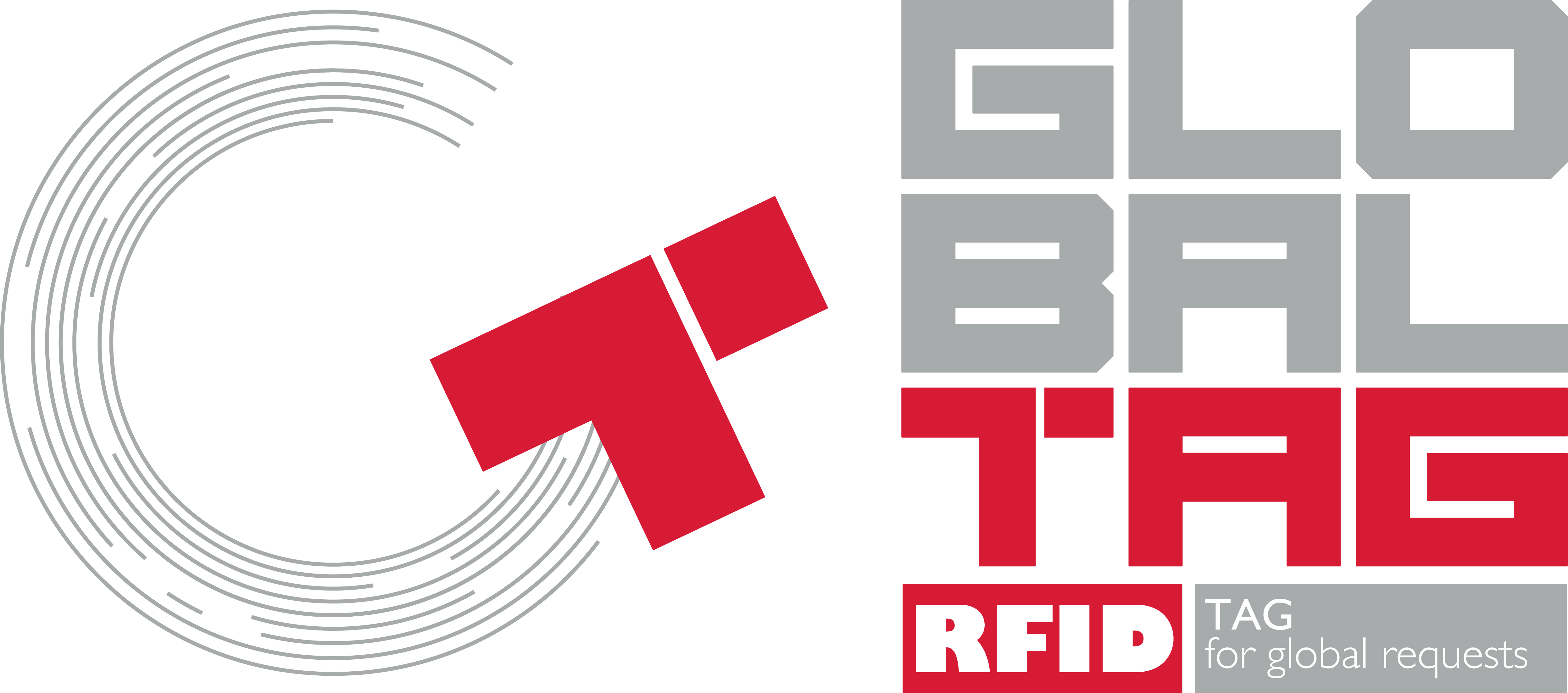RFID Hangtags:
Technical Features
and Differences
RFID hangtags combine high-quality materials, advanced graphic customization, and technical solutions such as thermal printing and automatic punching, offering a perfect balance between aesthetics, functionality, and traceability. With various weights and supply formats available, these tags are ideal for the fashion and retail sectors, enhancing product management and brand communication.
RFID hangtags are designed to offer the perfect balance between aesthetics, functionality, and durability, making them ideal for identifying garments, accessories, and fashion items. Their versatility makes them suitable for various scenarios in the apparel retail sector, thanks to the multiple configurations available.
Materials and Paper Weight
These tags are made of coated or laminated paper and can consist of one or more layers depending on requirements. The most commonly used grammages are 200 + 200 gsm, 150 + 200 gsm (supplied in roll or fanfold), or 300 gsm for individually supplied hangtags. This modularity allows for thinner or more rigid tags, adapting to both the desired appearance and the technical requirements of the printing or encoding process. The available combinations range from 150 to 400 gsm, always ensuring a professional result consistent with the brand image.
Supply Formats
They can be supplied in rolls, fanfold, or as pre-cut single pieces. A composite version is also available, especially appreciated in premium fashion contexts. These hangtags stand out for their refined aesthetics, use of sophisticated materials, and high level of customization, including special finishes, stitching, fabrics, embossing, lamination, decorative inserts, and detailed graphics. They become a true element of brand communication and recognition.

Discover rfid HANGTAGS FOR APPAREL RETAIL
Printing and Finishing
The tags are fully customizable in terms of graphics. It is possible to print up to six colors on both front and back, with precise, high-quality finishes. Graphics may include brand logos, barcodes, QR codes, serial numbers, or traceability data, depending on customer needs. UV printing can also be integrated for security elements or variable design, making the tag visually distinctive and operationally effective.
Thermal Printing Compatibility
For applications that require variable data insertion at the final stage, hangtags are also available in thermal paper, printable on one or both sides. This option allows for direct and immediate customization—such as barcodes, serial numbers, or order-specific data—and is particularly suitable for warehouses, packing areas, or logistics centers in the apparel retail sector. It’s the ideal solution for brands and suppliers managing high volumes and needing to update tag data just-in-time, optimizing both time and resources.
Hole Punching and Application
Finally, all tags can be automatically punched during production, making them ready for application using string, thread, buttons, or pins. The punching is precise and standardized, compatible with the main packaging equipment used in the fashion industry.
do you want to know more?
